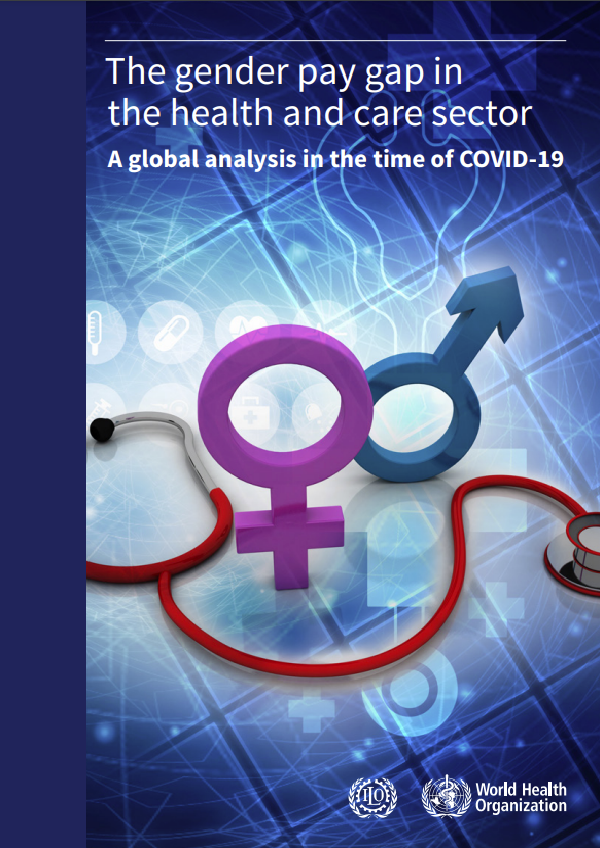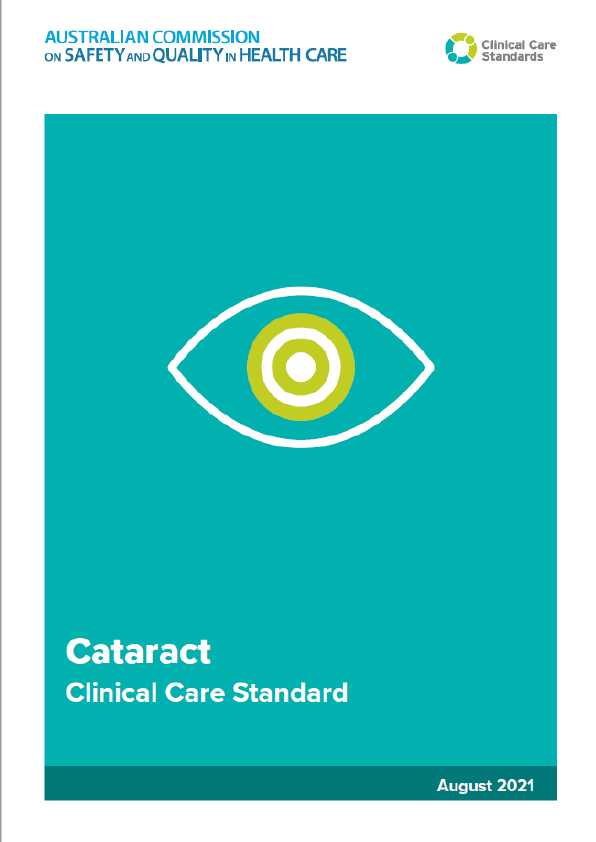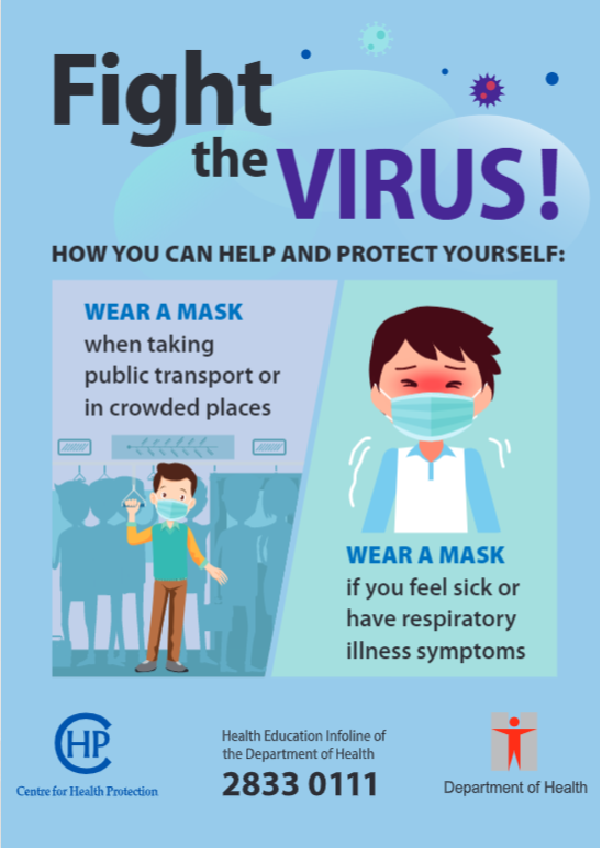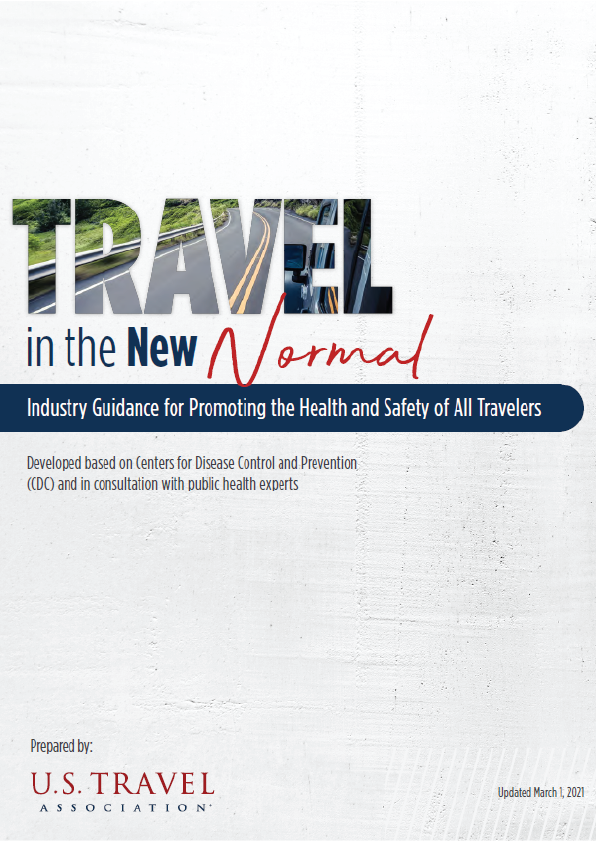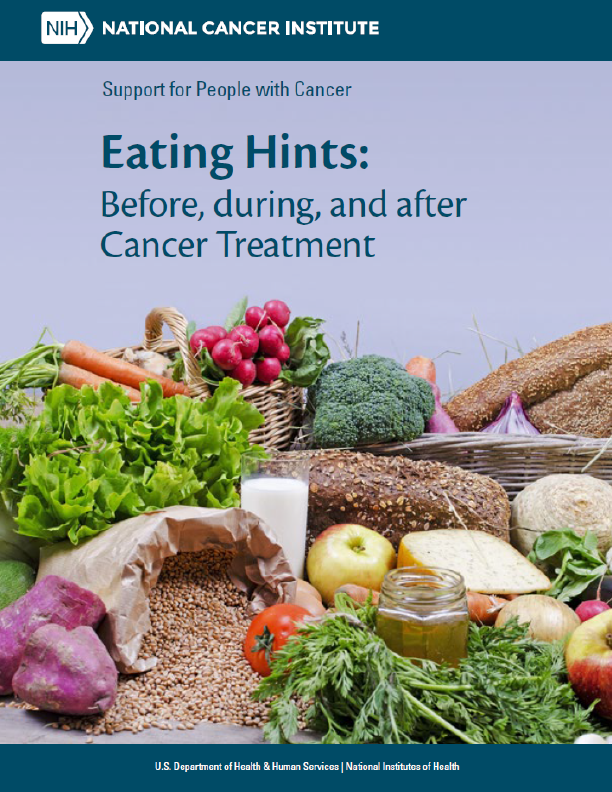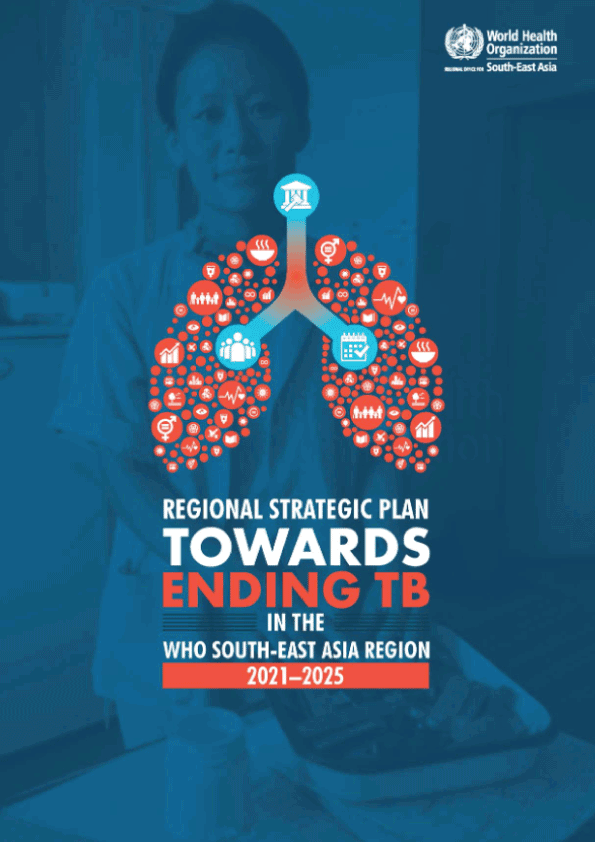The health sector, with its high potential for decent job growth, and with 67% of wage employees being women, has a vital role to play in women’s economic empowerment and the broader SDG5 agenda. This report co-developed by ILO and WHO, is the first-ever global sectoral gender pay gap report. Analyzing the gender pay gaps in the health and care sector and using this evidence to achieve equal pay for equal work across the sector is a critical step to attracting and retaining all workers in health and care. This is critical if we are to address the global shortfall of health and care workers and achieve Universal Health Coverage.
-
improving the collection and analysis of targeted gender-disaggregated wage data for the health and care sector
-
investing in decent jobs in the sector
-
social dialogue
-
promoting science, technology, engineering, and mathematics careers for young women
-
attracting more men into middle occupation categories and more women to the top
-
pay transparency and legal instruments against pay discrimination
-
policies to redress the motherhood pay gap
-
facilitating the transition of workers from the informal to the formal economy.
This report provides an analysis of the gender pay gap in the health and care sector using representative survey data from wage employees from countries in all geographic regions and income groups3 across the world (see Box 1).
In recent times, and particularly during the last two decades, we have all become increasingly aware of the need to eradicate gender inequalities in the world of work. Countries and the international community have taken concrete and coordinated steps towards this objective. Examples of these steps include the 1995 Beijing Declaration agreed during the 4th World Conference on Women and the target of reducing the gender gap in labor force participation by 25% in 2025 by the G20 Leaders at the 2014 Summit in Brisbane, Australia. Within the framework of the UN 2030 Agenda for Sustainable Development, SDG Target 8.5 calls for, among other things, equal pay for work of equal value.
Despite these and other steps, inequalities between men and women persist, representing one of today’s greatest social injustices. In a recent report, the International Labour Organization (ILO) estimates that on average women are paid about 20% less per hour than men across the world (ILO, 2018a). Furthermore, the narrowing of the gap appears to have stalled in recent years (WEF, 2020), and the COVID-19 pandemic is likely to undermine some of the gains that have been achieved since the start of the 21st century (ILO Monitor, 2020a).
Closing the gender pay gap and ensuring gender parity in the world of work is fundamental for economies and societies to thrive. Ensuring the full and equal inclusion of women and girls in all spheres of society and across the world should be a key pillar in all economic recovery plans following the economic and social disruptions caused by the COVID-19 pandemic. Gender equity is a fundamental condition both for achieving the UN 2030 Agenda for Sustainable Development, and for achieving equitable, sustained, inclusive, and sustainable economic growth with full and productive employment and decent work worldwide (SDG 8).
